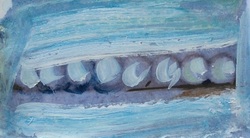 Creativity is a much bandied word - the Creative Economy, creative dance, creative accounting, how-to-books on enhancing creativity, and so on. At every turn we are exhorted to be creative, and if you are working in so called creative fields there are inspirational pushes and prods available, as well as examples of how famously creative people managed to do their work. But actually there's the operative word -- work. Getting down to it. Making time even when there isn't inspiration at hand. There are always great ideas floating around but most of them can only be realized through a committed, focused and determined application of whatever talents or other means one has available. Can there be creativity without focus? I look around my studio at remnants of many writing and visual art projects, ideas explored and then sent to the back burner, pieces from past exhibitions and future ones. Research materials, books, books and more books. The bulletin board in front of my computer contains -- family photos -- a Bad Girls Book Club postcard and a group pic of the group that I belong to --a yellowing article on "How to recover accidentally deleted files" --a phone list for IRIS members --a quote from Atwood's Journals of Susanna Moodie on an old recipe card. It says: in this area where my damaged knowing of the language means prediction is forever impossible -- A sign that says RADICALUNCERTAINTY and another with inhale/exhale. Both are seasons greetings from Lynn and Ric. --Some health appointment cards, hopefully for the future, although I did miss one of them. --Quite a nice invitation from RMG for something that took place last September. And that's the top layer. Whether all of it inspires creativity is questionable.
0 Comments
Darwin, Worms, etc.
Who knows why our interest gets captured? I say that I have nothing good to read and Laura Hair mentions David Quammen. Unable to find the exact book she had read, I pick up his book on Darwin[1] and that starts it off. Something shows up on public television, then there is Darwin's book on worms, and a lecture series from Stanford available on YouTube. And so on. So I am in a state of mind where everything seems to point to Charles Darwin. There is so much that is interesting, and so easy to go all didactic on it, but I have to say a few things about this curious fascinating man. His theory on natural selection was revolutionary of course, but also of interest is just his wide and detailed attention to all sorts of things, his family life where his beloved wife had a deep religious belief that he obviously did not share, his hypochondria along with bouts of real illness that was never fully identified and weirdly treated, the letters he wrote constantly, often asking politely for biological samples from travelers. He was on the Beagle in his twenties, but after that he didn't actually go into the field, and yet accumulated mountains of research that supported his theories. He lived with his large family at Down House in Kent. Support from his well-to-do father was the source of income, so when he was well he was free to explore his many interests. I was able to get his study of earthworms[2] and am finding it a wonderful read, especially because of a sense of his voice coming through. It's a slim, dog-eared little thing with a torn front cover, unearthed for me in the library stacks. In relentless detail he describes his experiments that lead to his conclusion that worms have more intelligence than, say, ants, that their enormous appetites produce castings that till the earth over and over, that only sick worms wander about during daylight, and other intriguing tidbits. He is sometimes quite funny, for example, he describes the different manner in which worms in a protected container in his lab cover their burrows, in contrast to those in their natural habitat. The ones that have it easier are "slovenly" in making their burrow entrances. He cuts paper into triangles to see how worms would pull variously shaped leaves inside to block their entrances, and concludes that they can figure out the shape and therefore which end should be pulled to block the hole most effectively, unlike ants that stupidly pull and pull across something that could simply be turned sideways and easily pulled in. Random info: The US is at the low end in a graph outlining global belief in evolution, right down at the bottom with Bulgaria and Turkey. Darwin solidified his rejection of religion upon the death of his ten-year-old daughter Annie. He was a homebody, - played two games of backgammon with his wife every day. The publication of his On the Origin of the Species was hurried along by his publisher when it seemed that a paper on evolution was coming out by Alfred Russel Wallace. After a flurry it was agreed that the first paper would be co-written since their theories had been arrived at independently. High drama in scientific circles. It didn't make much of a splash at first. His last book was the one on worms and it was a best seller. [1] (The Reluctant Mr. Darwin: An Intimate Portrait of Charles Darwin and the Making of His Theory of Evolution (Great Discoveries); W. W. Norton, 2006. ISBN 978-0-393-32995-7) [2] The formation of vegetable mould, through the action of worms, with observations on their habits.  Back from the north country, upstate New York in the Adirondacks at Saranac Lake. I am participating in an exhibition inspired by an old piano that weathered away outside the art centre. I watched it get more and more interesting over many visits to this wonderful place, as did several others who are exhibiting in this group show. Participating artists are John LaFalce, Larry Poole, Tom Lascell, Eleanor Sweeny and me, with printmaking, photography, sculpture, and manipulated photo transfers. My work is mixed media on canvas. BluSeed is an artist's dream, with concerts, gallery exhibitions, studios for a variety of art practices, and residency programs. There is an innovative papermaking studio that is holding an exchange with artists from Mexico. Once a few years ago they had artists making paper from military fatigues. I was lucky to have Jan Prebble from IRIS as a travelling companion. The six-hour drive to Saranac takes us near Fort Drum and through many little towns. There is both a sense of woodsy remoteness and also the military presence with its economic benefits. This is beautiful rugged country, and always exciting to me when we climb and climb until we are seeing mountains, and then eventually, over a hill and down into the village itself, once deemed the best little small town in America. Once famous as a treatment centre for tuberculosis, its recent claim to fame was when the residents raised money to open their own department store in order to buy basic things locally. The sense of community here is palpable, and BluSeed appears to be integral to this. As luck would have it, one of the frames I had ordered was the wrong size (my fault)'. But Jan rolled up her sleeves, determined to make me another one, and after some BluSeed help, I had a frame! This so far beyond my abilities or expectations that I was blown away. 17/02/2013 4:13 PM
Today I read a quote from Joan Didion on Twitter. It was about keeping a journal and this reminded me that it is a very good idea. Not that there are many pithy thoughts. I planned to do this in my black sketchbook in order to be able to include drawings as well. However writing on a keyboard seems to be the conduit for my voice now. I have been conditioned. Anyway I find that my handwriting is too hard to read, even by me. Within a couple of hours I have had two conversations with 2 different artists about curatorial issues. Essentially, why bother sending out exhibition packages when the small gallery system basically already has a roster and the curators do the inviting. Also given the economics, shows travel from gallery to gallery, a way to cobble together enough money for a catalogue, but also limiting opportunities for artists overall. Many wonder whether the packages that have been so carefully prepared ever get looked at. Everyone is overworked and with limited funds. Having been in both positions I can say that I did look at all of the proposals that came in. That said, it was a small institution and I wasn’t swamped with them. And as an artist I have experienced many thank you but no thanks letters that did eventually come, if perhaps a year or two after the fact. Some artists make a job of regularly sending out submissions and perhaps this makes a good squeaky wheel. hmmm |
Archives
February 2024
|
Margaret Rodgers | Canada
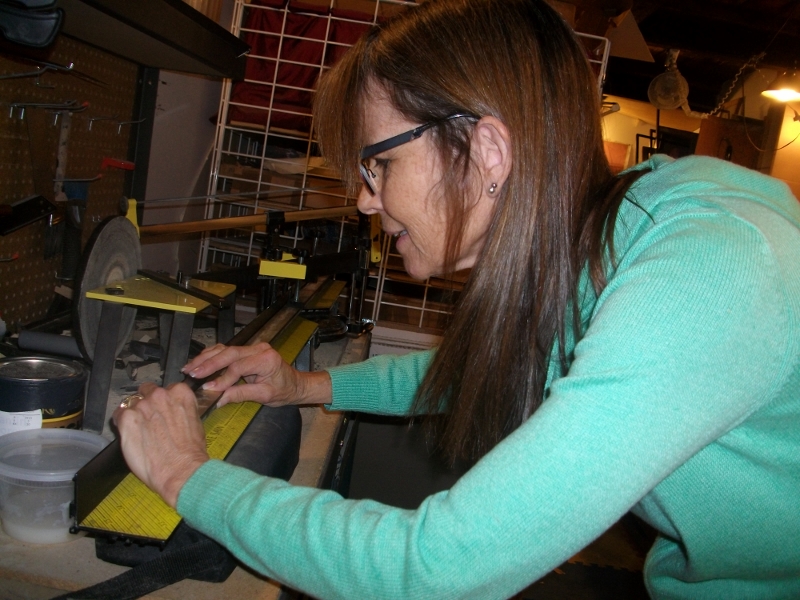
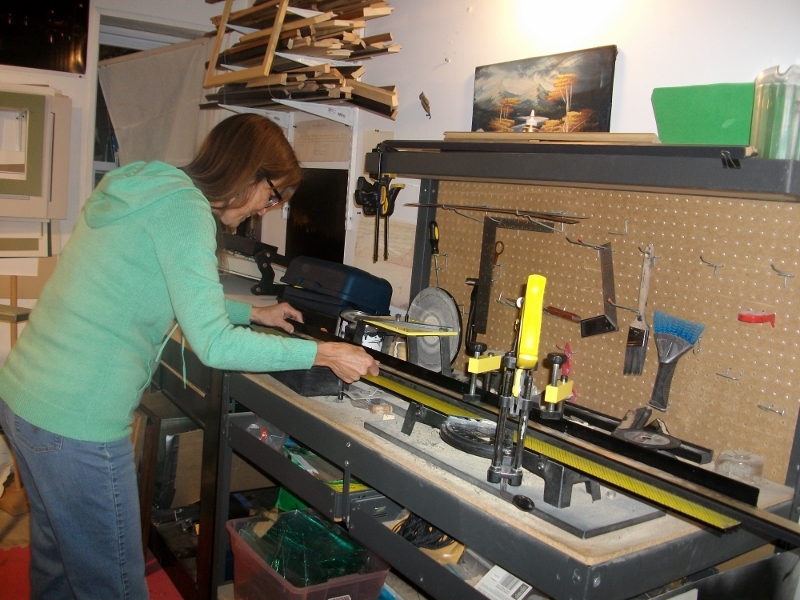
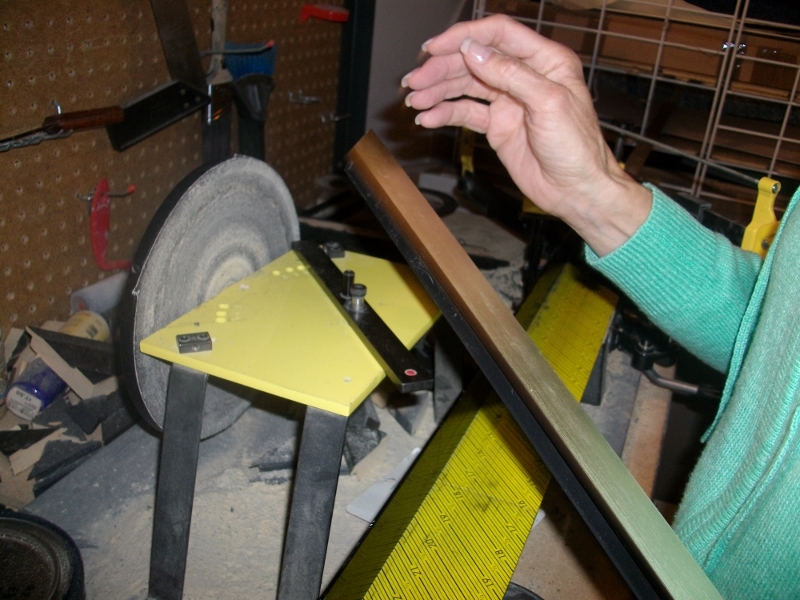
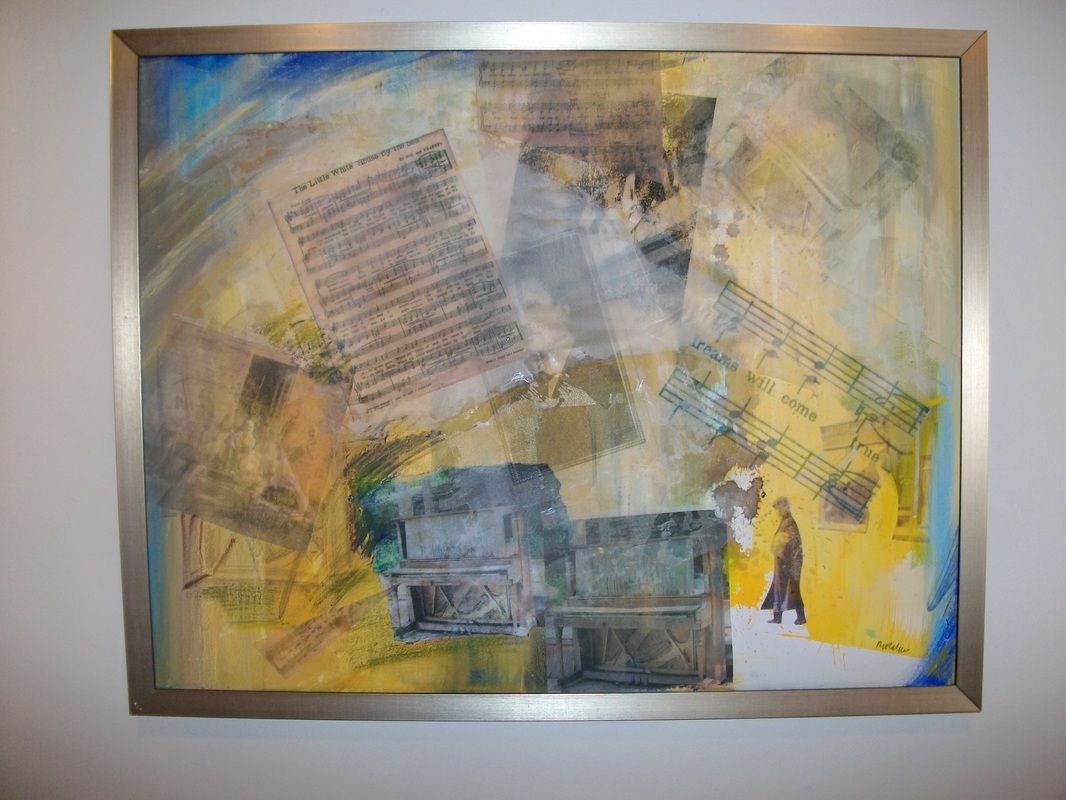

 RSS Feed
RSS Feed